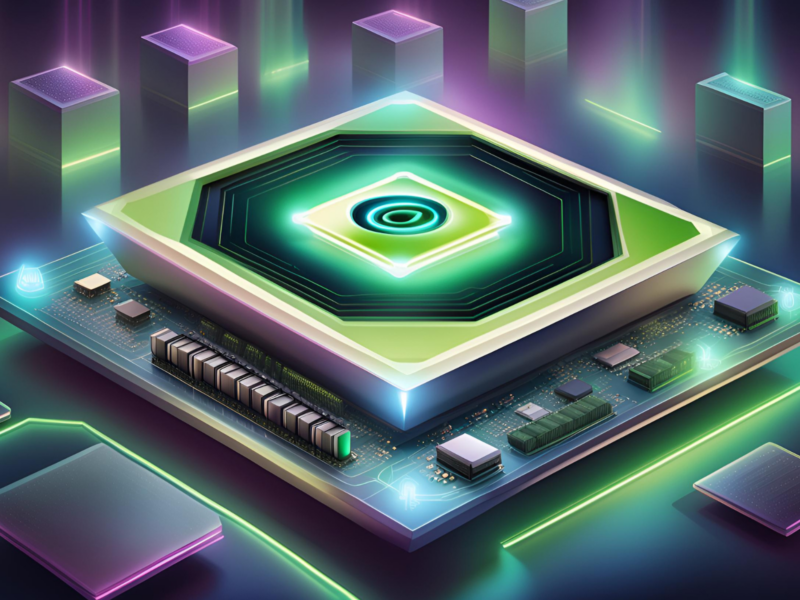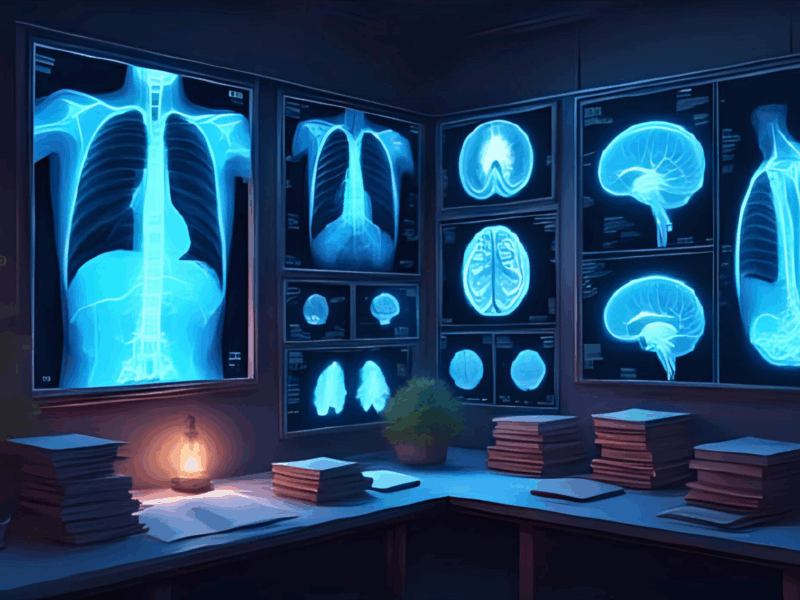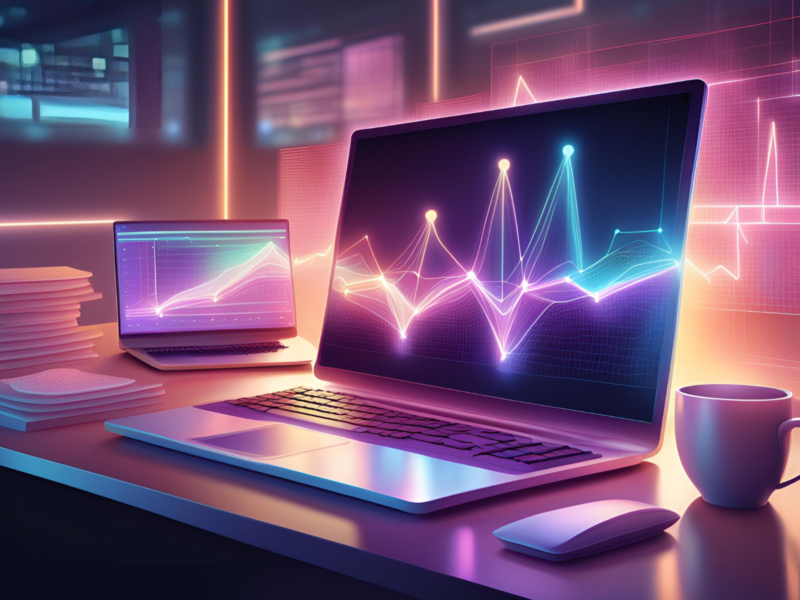Blood Cell Detection Dataset
During my internship, I noticed a lack of small, educational, medical datasets for object detection and classification tasks. So, I decided to create one.
I collected images from normal peripheral blood smears under the light microscope and annotated them as WBC or RBC. I rekeased it with MIT licence.
Thank you to my medical school because they gave me permission to use the lab.

What is Peripheral Blood Smear?
Let me explain the peripheral blood smear to who does not know what it is.
A peripheral blood smear is a thin layer of blood smeared on a glass microscope slide and then stained in such a way as to allow the various blood cells to be examined microscopically. Blood films are examined in the investigation of hematological (blood) disorders and are routinely employed to look for blood parasites, such as those of malaria and filariasis. (Wikipedia)
Examination of the peripheral blood smear is an inexpensive but powerful diagnostic tool in both children and adults. In some ways it is becoming a “lost art” but it often provides rapid, reliable access to information about a variety of hematologic disorders. The smear offers a window into the functional status of the bone marrow, the factory producing all blood elements. It is particularly important when assessing cytopenic states (eg, anemia, leukopenia, thrombocytopenia). Review of the smear is an important adjunct to other clinical data; in some cases, the peripheral smear alone is sufficient to establish a diagnosis. (UpToDate)
About Blood Cell Detection Dataset
- Images are collected from peripheral blood smear slides on a light microscope with high magnification and resolution.
- It contains 100 annotated images with labeled RBC as 2237 and WBC as 103.
- Every image contains RGB channels and also is 256 pixels in both height and width.
- images folder contains image files as a png format. annotations.csv file contains both locations and labels.
- The total dataset file size is approximately 14MB.
How to Download Blood Cell Dataset?
You can download it from the GitHub.






